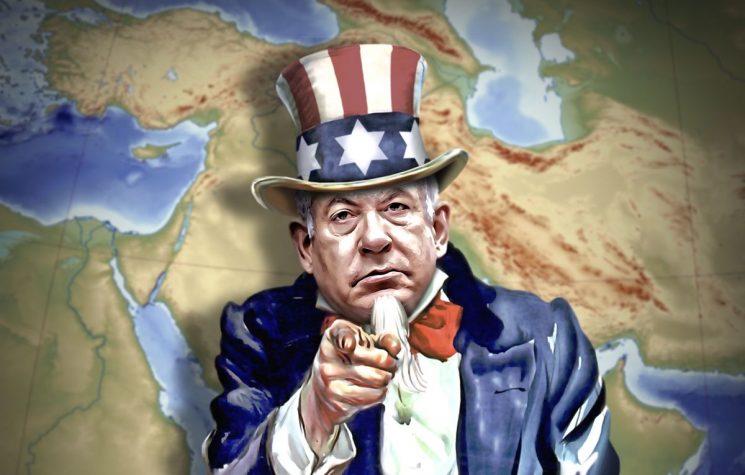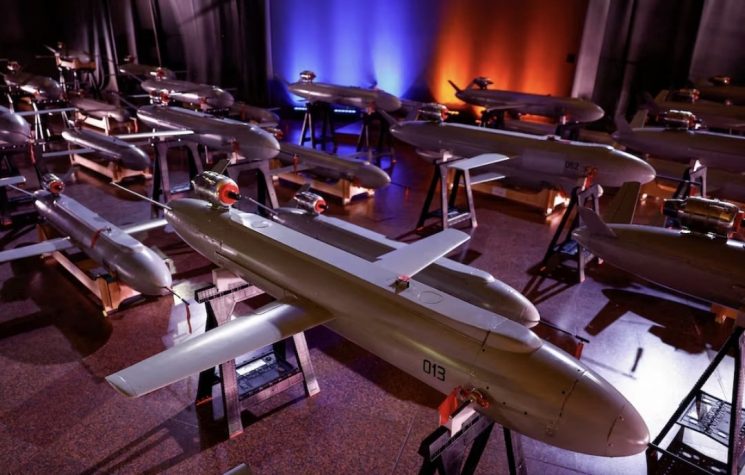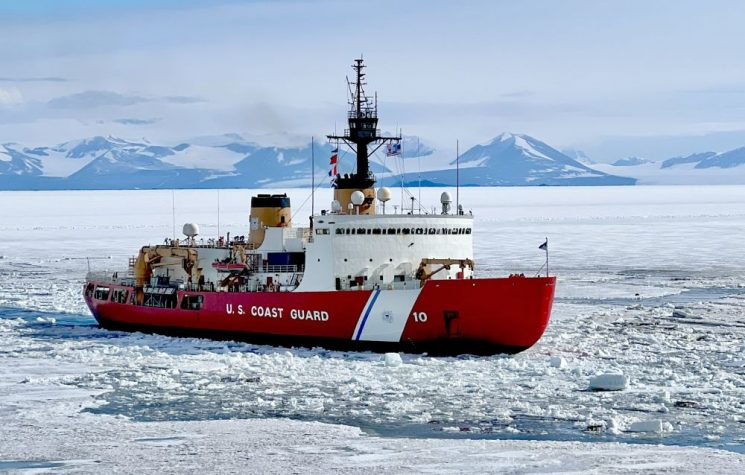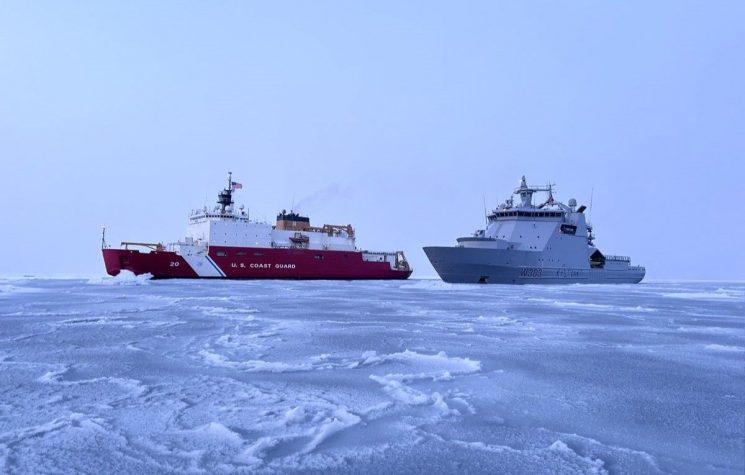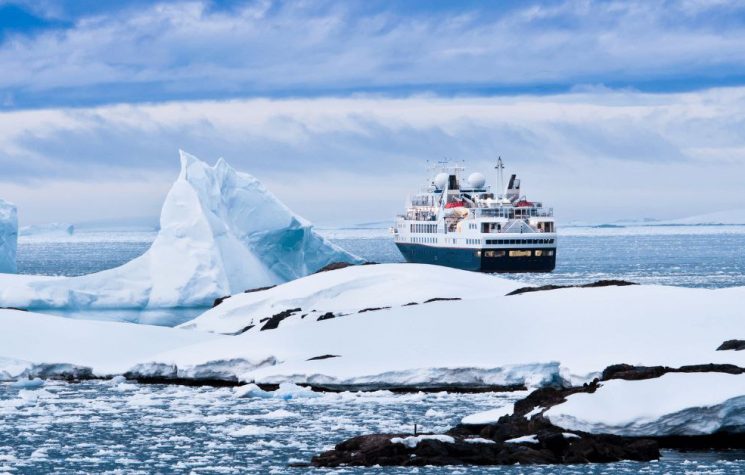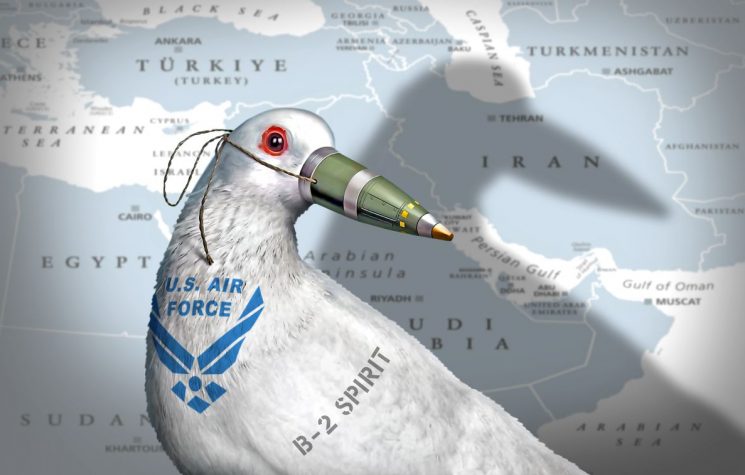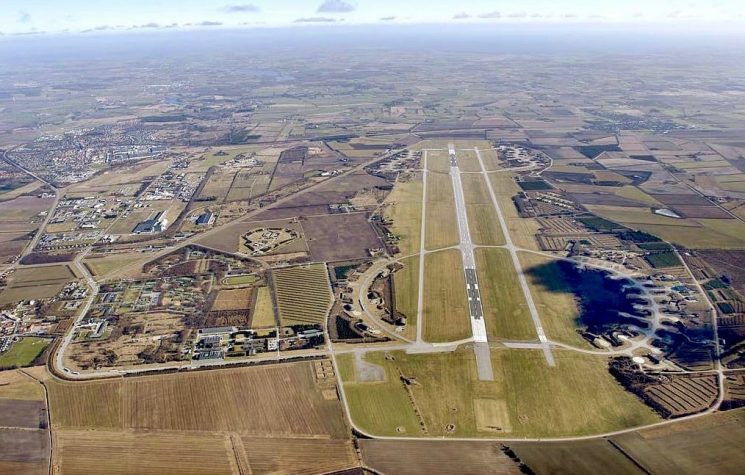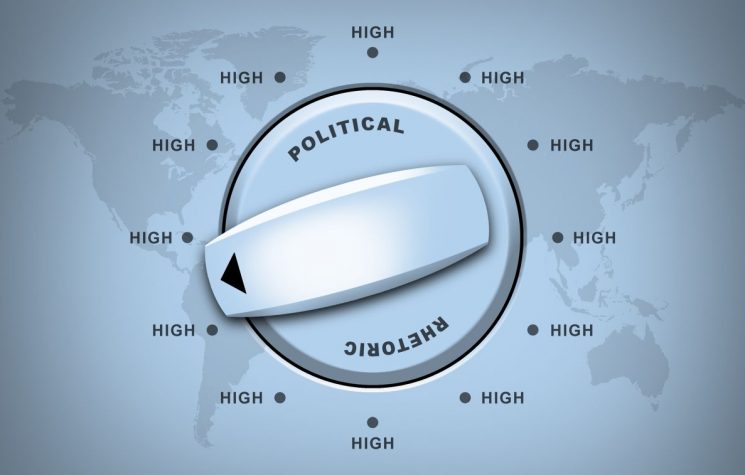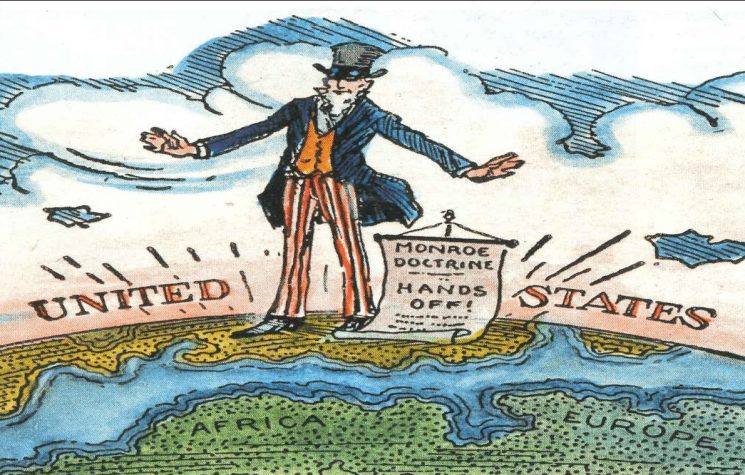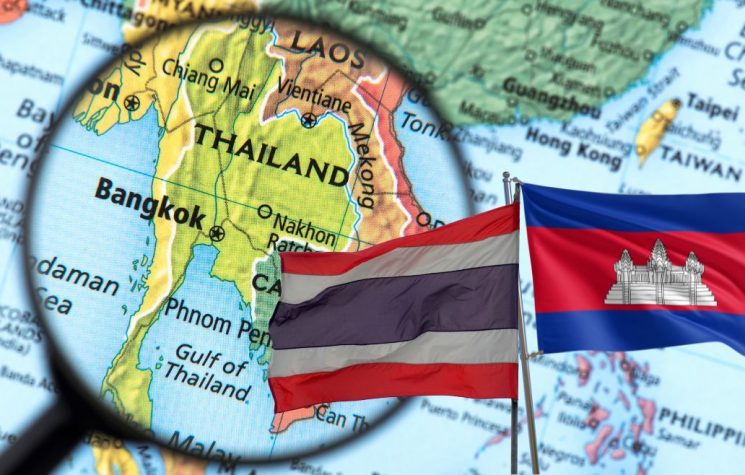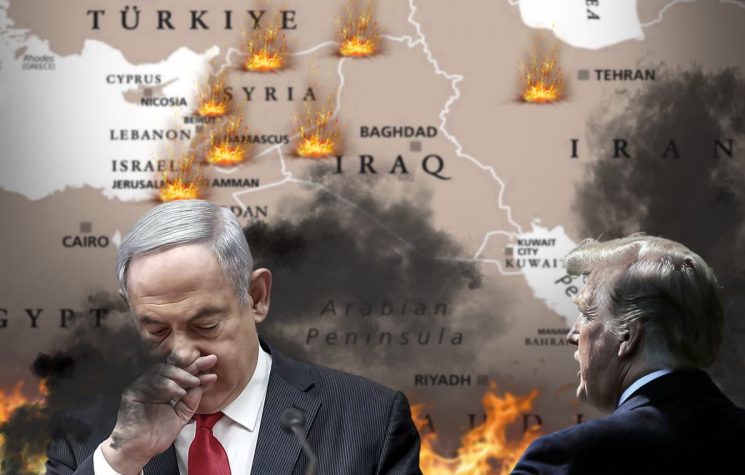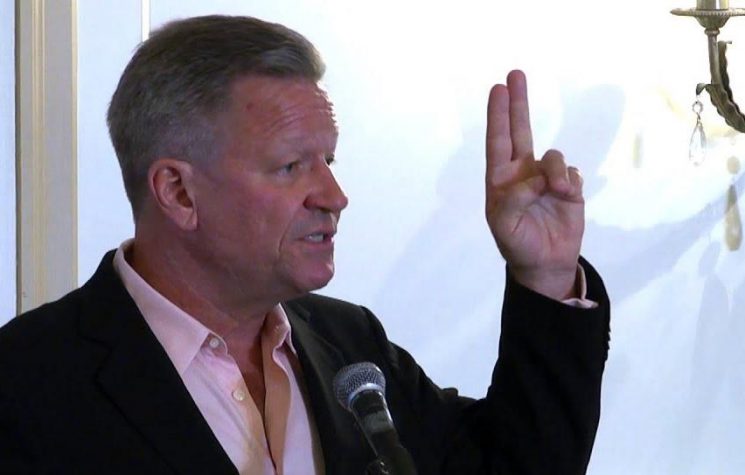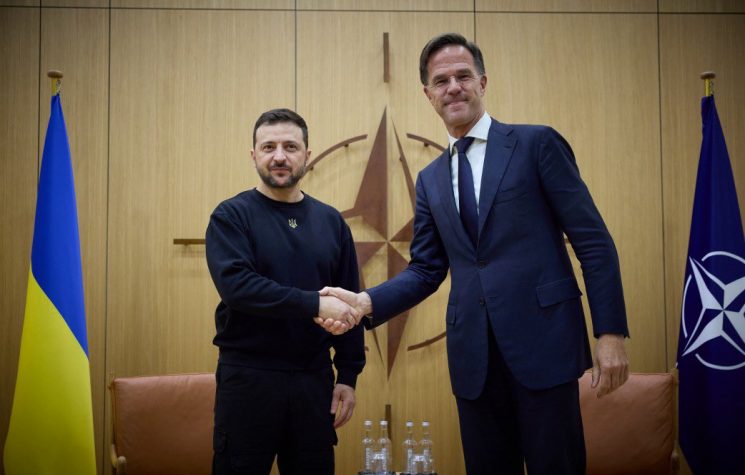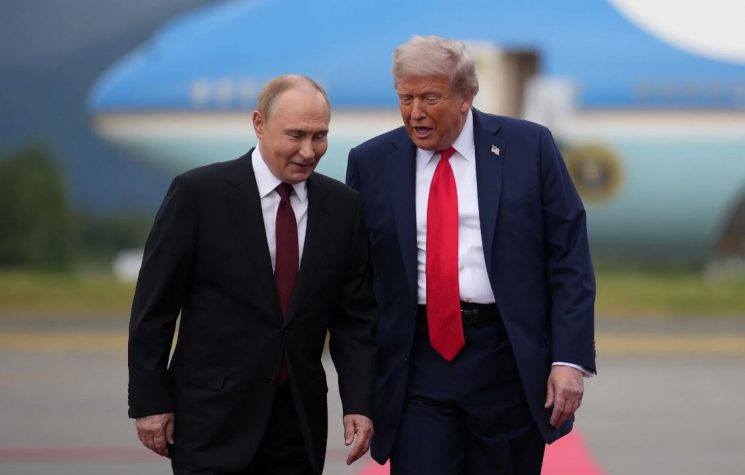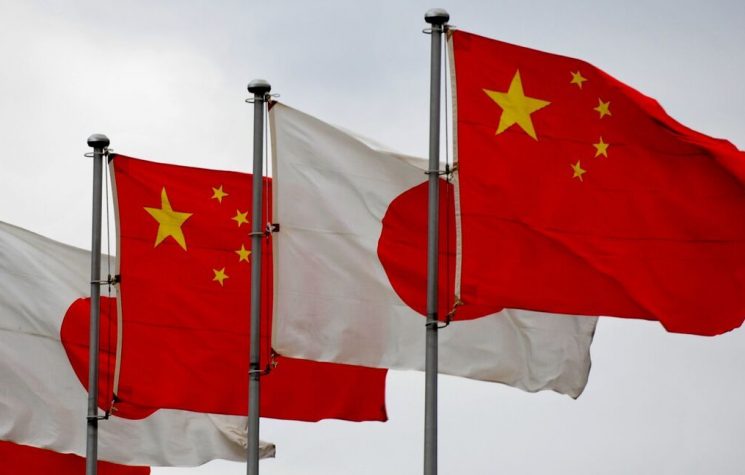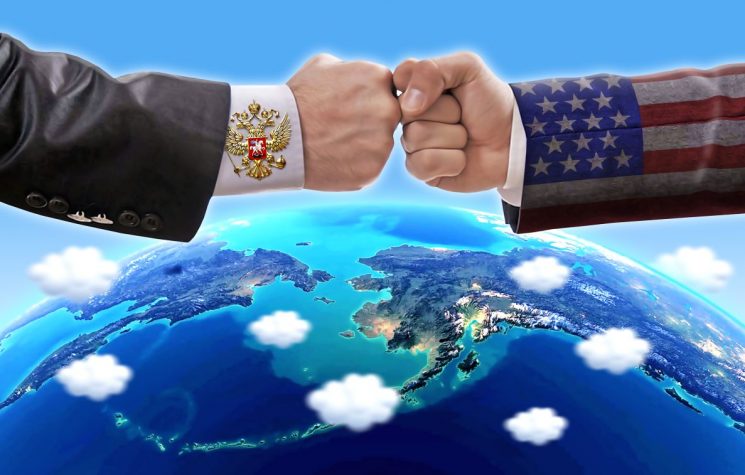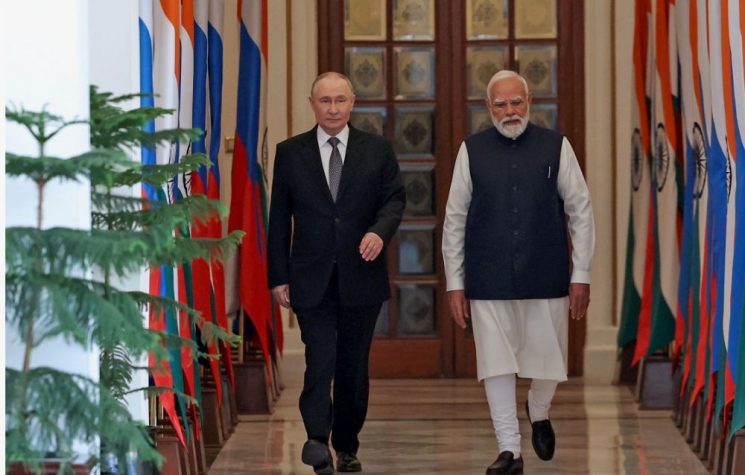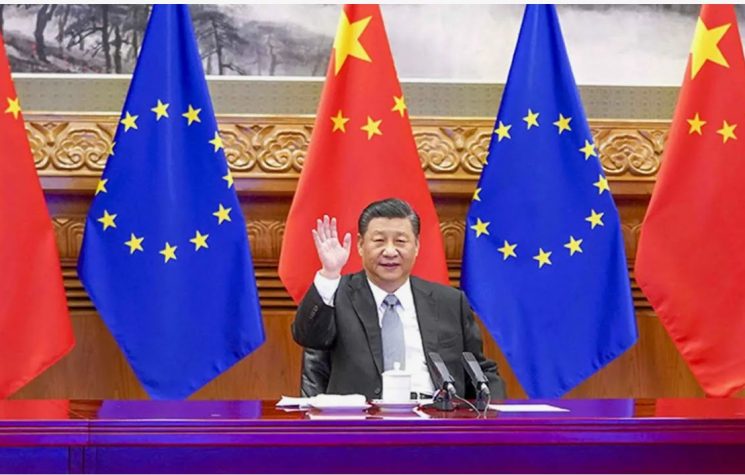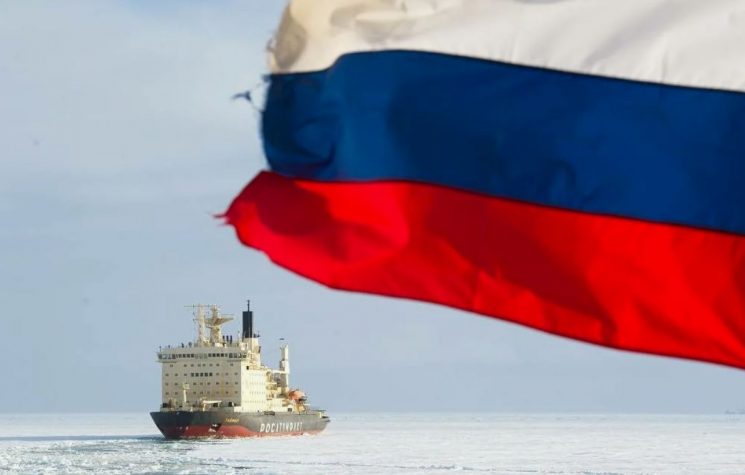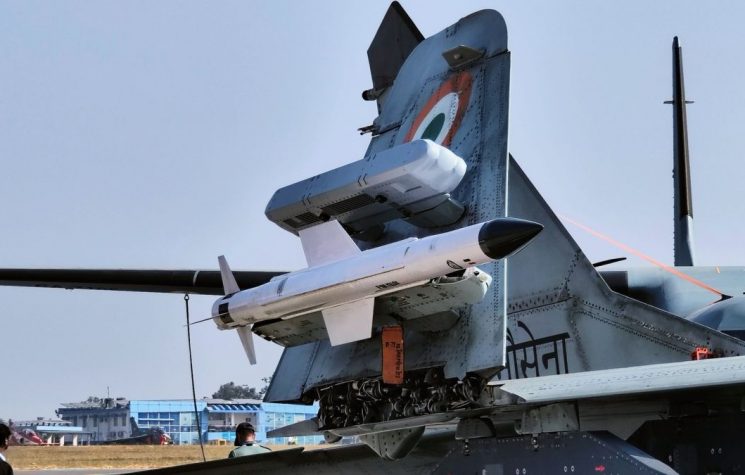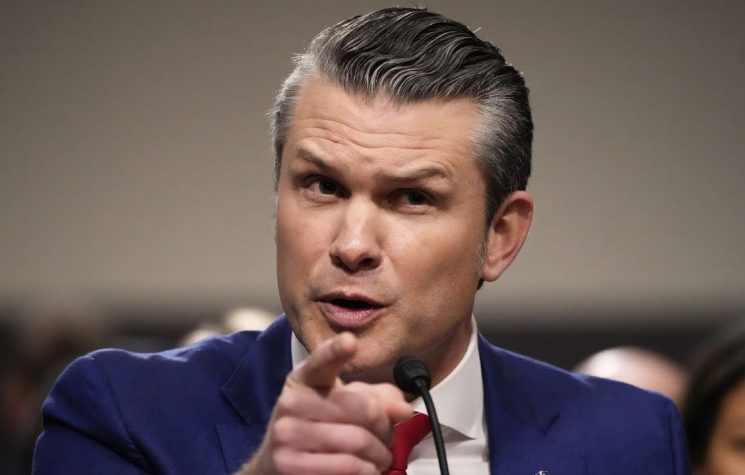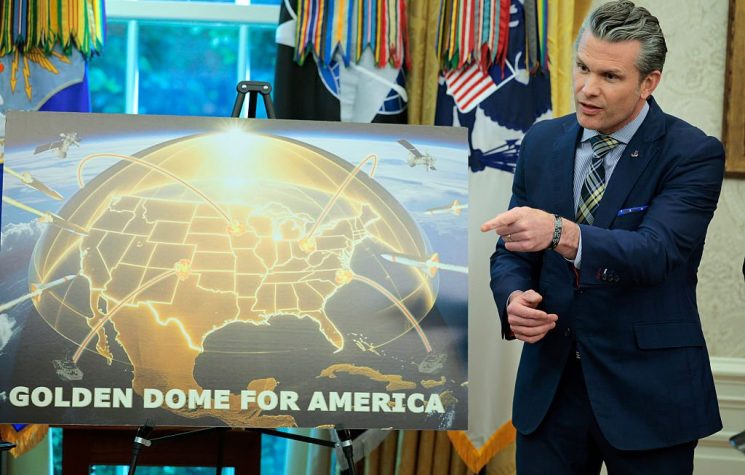The U.S. approach, described as “Observe and respond,” will manifest as increased intelligence, surveillance, reconnaissance activities, cooperation with allies, and deterrence efforts.
Contact us: info@strategic-culture.su
The U.S. Arctic Strategy claims that environmental changes and geopolitical dynamics in the Arctic region increase security risks. However, just like in other regions where the U.S. has engaged in geopolitical encirclement, the U.S. justifies its militarization efforts as being solely in response to “threatening actions by rival powers.”
The U.S. Department of Defense has released a new document titled the 2024 Arctic Strategy.
The document explains how “environmental changes” affect the Arctic region and what this means for “U.S. security.”
U.S. Deputy Secretary of Defense Kathleen Hicks presented the 28-page document during a briefing at the Pentagon.
Although Hicks based her briefing on the classic American narrative of “defense” for the U.S. and regional countries, the briefing and the report itself contain significant hints about potential U.S. actions in the region.
“The U.S. Arctic region is critical for the defense of our homeland, the protection of U.S. national sovereignty, and the maintenance of our defense treaties,” Hicks began. She noted that melting ice due to climate change is opening new sea routes, which, while presenting “new opportunities” for trade routes, also pose risks “for nations previously protected by the region’s inaccessibility.”
Emphasis on China and Russia
Hicks also highlighted the increased presence of the People’s Republic of China (PRC) in the Arctic and its operations with the Russian Navy.
Describing China’s position as “concerning,” Hicks commented on Russia’s presence by stating, “It could risk U.S. and allied territories.”
Hicks mentioned that Russia has reopened Soviet-era military facilities in the Arctic, saying, “Russia continues to pose an acute threat to security and stability in the region, increasing its military infrastructure in the Arctic and making excessive claims over Arctic waters.”
On the cooperation between China and Russia, which she defined as a “threat,” Hicks added:
“We have seen growing cooperation with China significantly financing Russia’s Arctic energy utilization and joint military exercises off the coast of Alaska. These activities, all made possible by rapidly warming temperatures and thinning ice due to climate change, have increased.”
The solutions proposed in the document are “enhancing the capabilities of joint forces, more cooperation with allies and partners, and maintaining the U.S. presence in the Arctic.”
In other words, the U.S. says, “Continue expanding and increasing military presence.”
Hicks’ approach, described as “Observe and respond,” will manifest as increased intelligence, surveillance, reconnaissance activities, cooperation with allies, and deterrence efforts.
“Everyone has a role”
Deputy Secretary of Defense for Arctic and Global Resilience Iris Ferguson stated, “We want to ensure we have the right communication architecture for accurate perception, command, and control.”
Ferguson also emphasized, “Using tactics and equipment is a prerequisite for success as well as survival in the unique Arctic environment. Accordingly, one of my office’s priorities is to ensure that joint forces are equipped and prepared,” stressing that “everyone has a role” against the increasing Russia-China cooperation.
According to U.S. officials, ensuring “stability” in the Arctic, as defined in American terms, involves increasing military presence in the region, along with joint exercises, war games, and military training to be conducted in the region.
U.S. military presence in and around the Arctic
Although the U.S. side emphasizes “defense” in its Arctic strategy, its military strength in and around the Arctic is quite significant. Since the Cold War, the U.S. has used the countries it calls “allies” as weapons depots and military bases.
Let’s recall the known U.S. military points in the Arctic and surrounding countries:
- In Norway, under the U.S. Marines Prepositioning Program, heavy weapons and equipment are pre-stored for rapid deployment in “times of crisis.”
- The Varanger Base in Norway serves as a significant logistics and training center for U.S. Marines, while the U.S. has military material depots in Trondheim. These points are equipped with marine troops, armored vehicles, artillery systems, and air defense systems.
- The Keflavik Base in Iceland is used by NATO missions and the U.S. Air Force.
- The Thule Air Base in Greenland, which houses a U.S. ballistic missile early warning system, is also used for space surveillance activities.
- At Eielson Air Force Base in Alaska, F-16 and F-35 fighter jets are on standby, while Fort Greely has ballistic missile defense systems.
- In addition, large-scale military exercises called Northern Edge and Noble Defender are conducted in Alaska, accompanied by the Arctic Challenge Exercise held with NATO allies.
Russia’s Arctic power
Like the U.S., Russia also has a comprehensive military presence in the Arctic region.
Among the military points in the Arctic are the Northern Clover, Russia’s northernmost military base on Kotelny Island, which includes air defense systems and radar facilities; Nagurskoye, the largest Russian military airbase in the Arctic; the Rogachevo Air Base on Novaya Zemlya; Severomorsk, the main base of the Russian Northern Fleet; and the Murmansk Base, the center of the Northern Fleet. Additionally, the Tiksi Air Base, the newly built Sabetta and Nagurskoye bases on the Yamal Peninsula are among these military points.
Is China not part of the Arctic?
China’s growing presence in the Arctic region primarily consists of navy and scientific research vessels focused on research.
In addition to these ships exploring sea routes and natural resources, China’s famous icebreaker ships used to navigate the Arctic glaciers are among the “concerns” of the Atlantic front.
China is expected to expand its influence in the Arctic region on the basis of its developing military cooperation with Russia.
On the other hand, China views the Arctic region as “the common heritage of humanity” and has been active in Arctic policy for a long time, contrary to U.S. claims that “China is not a stakeholder in the region.”
China proposed in 2010 that the sea areas beyond exclusive economic zones (EEZs) be included in the common heritage of humanity. For China, the Arctic region also has economic significance, such as the “Polar Silk Road” route.
But is China, as the U.S. claims, not part of the Arctic?
Let’s list some instructive historical data at this point:
- In 1925, China joined the Spitsbergen Treaty, which recognizes Norway’s sovereignty over the Arctic archipelago of Svalbard and calls for the demilitarization of the archipelago, thus beginning to participate in resolving Arctic issues. Since the 1920s, China has made more efforts to explore the Arctic, expanding the scope of activities.
- In 1996, China became a member of the International Arctic Science Committee.
- Since 1999, it has conducted scientific research in the Arctic with its research vessel Xue Long (Snow Dragon).
- In 2004, China built the Arctic Yellow River Station in Ny Alesund in the Spitsbergen archipelago.
- According to its 2018 White Paper detailing its Arctic Strategy, by the end of 2017, China had conducted eight scientific expeditions in the Arctic Ocean and conducted research for 14 years based on the Yellow River Station.
- China also became the first Asian country to host the Arctic Science Summit Week, a high-level conference on Arctic issues, and became an accredited observer of the Arctic Council in 2013.
- In official documents, China states that it “prioritizes scientific research on Arctic issues, emphasizes the importance of environmental protection and international cooperation,” and advocates that the Arctic concerns “the well-being of humanity as a whole” along with the coastal countries.
Is the issue only China and Russia?
Although the U.S. Arctic Strategy claims that environmental changes and geopolitical dynamics in the Arctic region increase security risks, the U.S. justifies its militarization efforts solely as being in response to “threatening actions by rival powers,” similar to other regions where it has engaged in geopolitical encirclement.
However, the U.S.’s strategic investments and the expanding military infrastructure with “allied forces” create a much more pronounced military presence in the Arctic region.
The threat mentioned by the U.S. is the increasing military-economic cooperation of two major powers in the Arctic region and the potential damage this cooperation could cause to U.S. hegemony. One of the most significant reasons for this threat is the possible new trade routes that may open.
In summary, it can be said that developments specific to the Arctic are occurring in the context of the “great reckoning” that many believe is about to begin.











